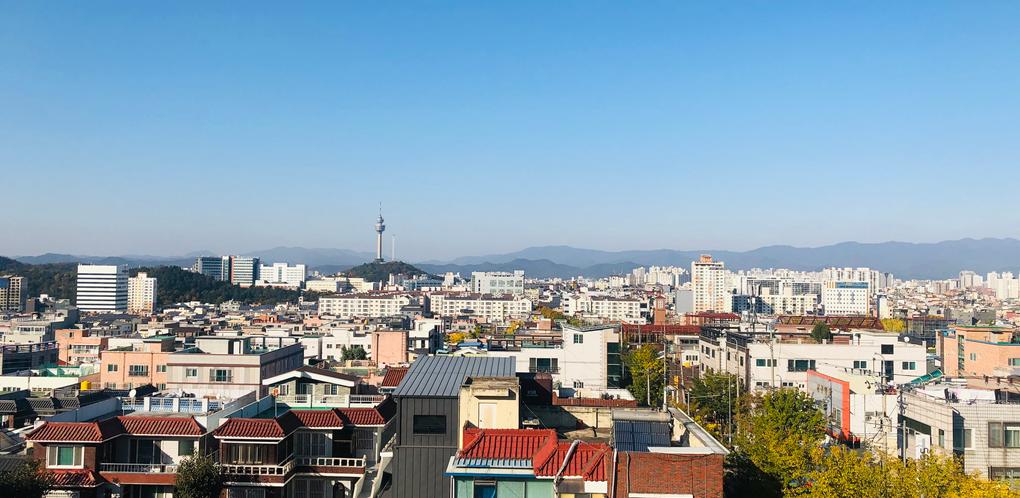1. A Mountainside Buddhist Masterpiece
An enormous complex of Buddhist temples, Donghwasa is actually located about 45 minutes north of Daegu, but it's a journey that you'll want to make. Dramatically constructed on the slopes of Mount Palgongsan, the complex was initiated in 493 AD, and became a key center of Buddhist learning on the Korean peninsular. You can still book short stays to study sutras and absorb yourself in temple life, but short visits give a great feel for its grandeur and history.
2. A Repository Of Riches
Easily Daegu's major museum, the National Museum ranks among Korea's finest and can be found in the Hwanggeum neighborhood, a little way south of the downtown area. Visiting is recommended, and you'll probably need a day to see all of the sets of armor, ornate Joseon-era jewelry, sacred Confucian texts, and stunning works of art from the Buddhist temples and excavations in the region. There are over 30,000 artifacts in all, so ensure you have plenty of time (and the stamina) but when you emerge, you'll be captivated by the history and cultural riches of Gyeongsang province.
3. Street Food And Shopping On A Grand Scale
If you have a taste for shopping (and in Korea, that's a must), Seomun Market is the first place you'll want to head. Classed as one of Korea's "Big Three" markets, it sprawls over more than 4,000 stores and stalls, and has been taking place in some form for over 400 years. These days, while clothes and electronics are present in huge quantities, Seomun is also a prime location to tuck into Korean street food. Whether you're after a bowl of fishy kalguksu noodle soup, or some chewy nabjak mandu dumplings, the vendors here will cook it up in seconds, and for very reasonable prices.
4. Daegu's Green Escape
Situated in the southern half of Daegu, Apsan is more or less a wilderness park, and is the main refuge for locals with a taste for the great outdoors. Within the precincts, you'll probably stumble across the powerful Nakdong River Battle Museum, which remembers a Korean War battle, while there are Buddhist temples and even an amusement park inside the grounds. But the real pleasure is just following the trails and experiencing Korea's natural beauty.
5. A Taste Of Traditional Village Life
For an insight into traditional Korean culture, make the short trip to Otgol Village, a few miles east of the city center, at the foot of Palgong Mountain. When you get there, you'll find a clutch of buildings that look centuries old, which is a bit of an illusion, as they've been rebuilt numerous times over the years. But they retain the same construction as 16th and 17th century homes. Wander around at your leisure - it's a magical place, and a real throwback to a more sedate era.


